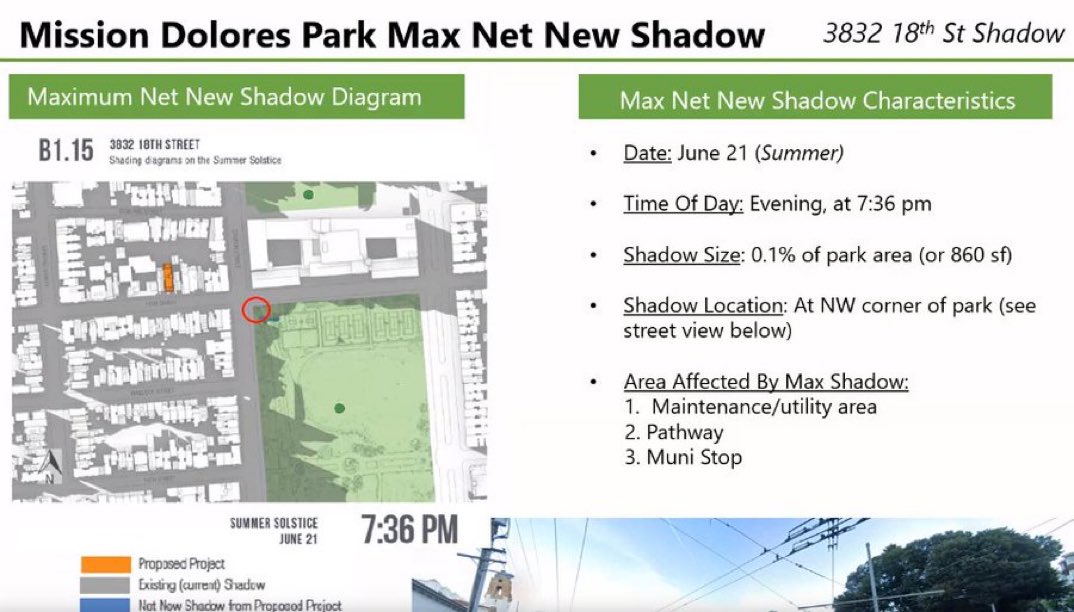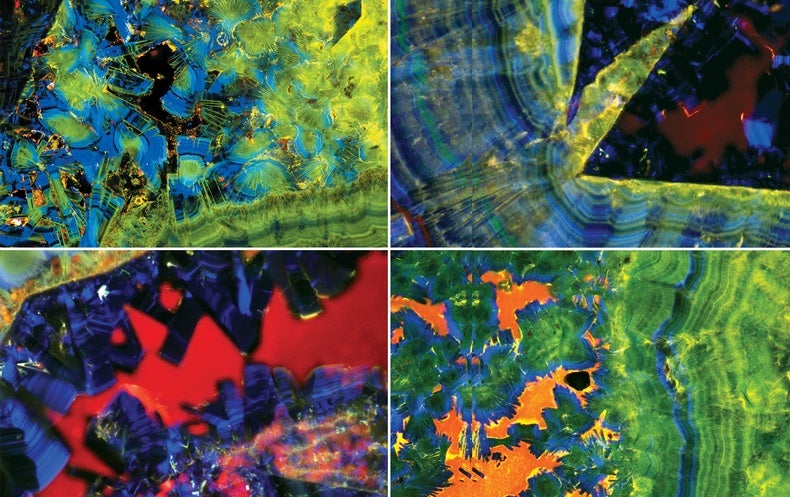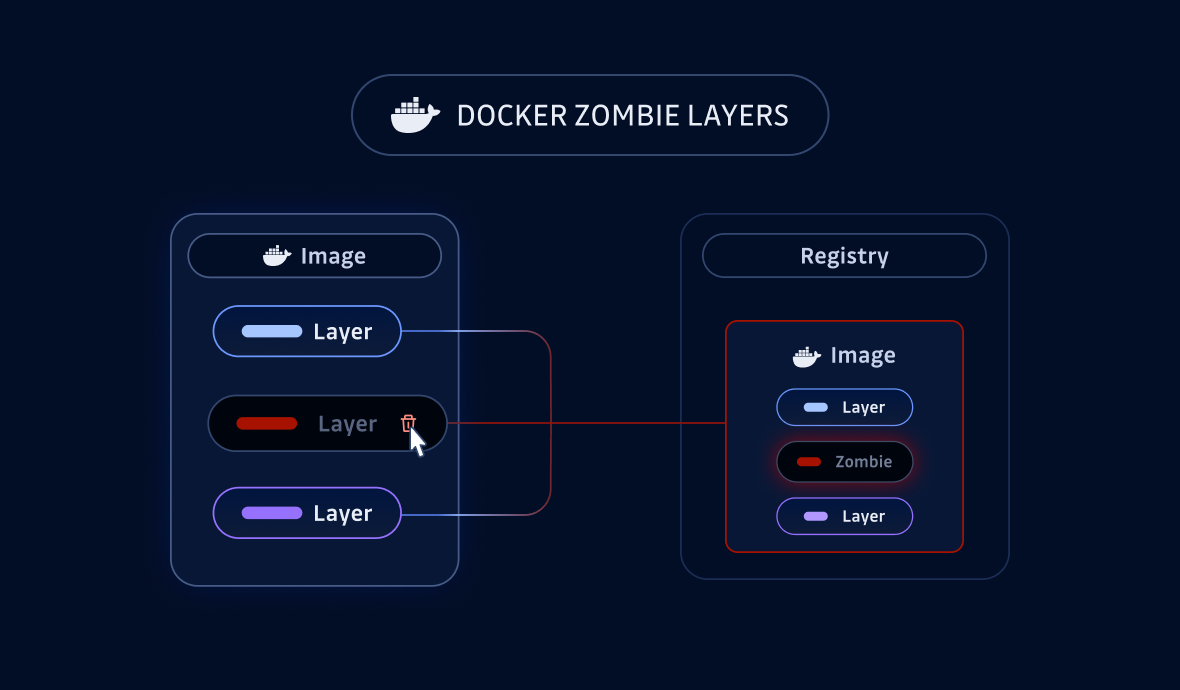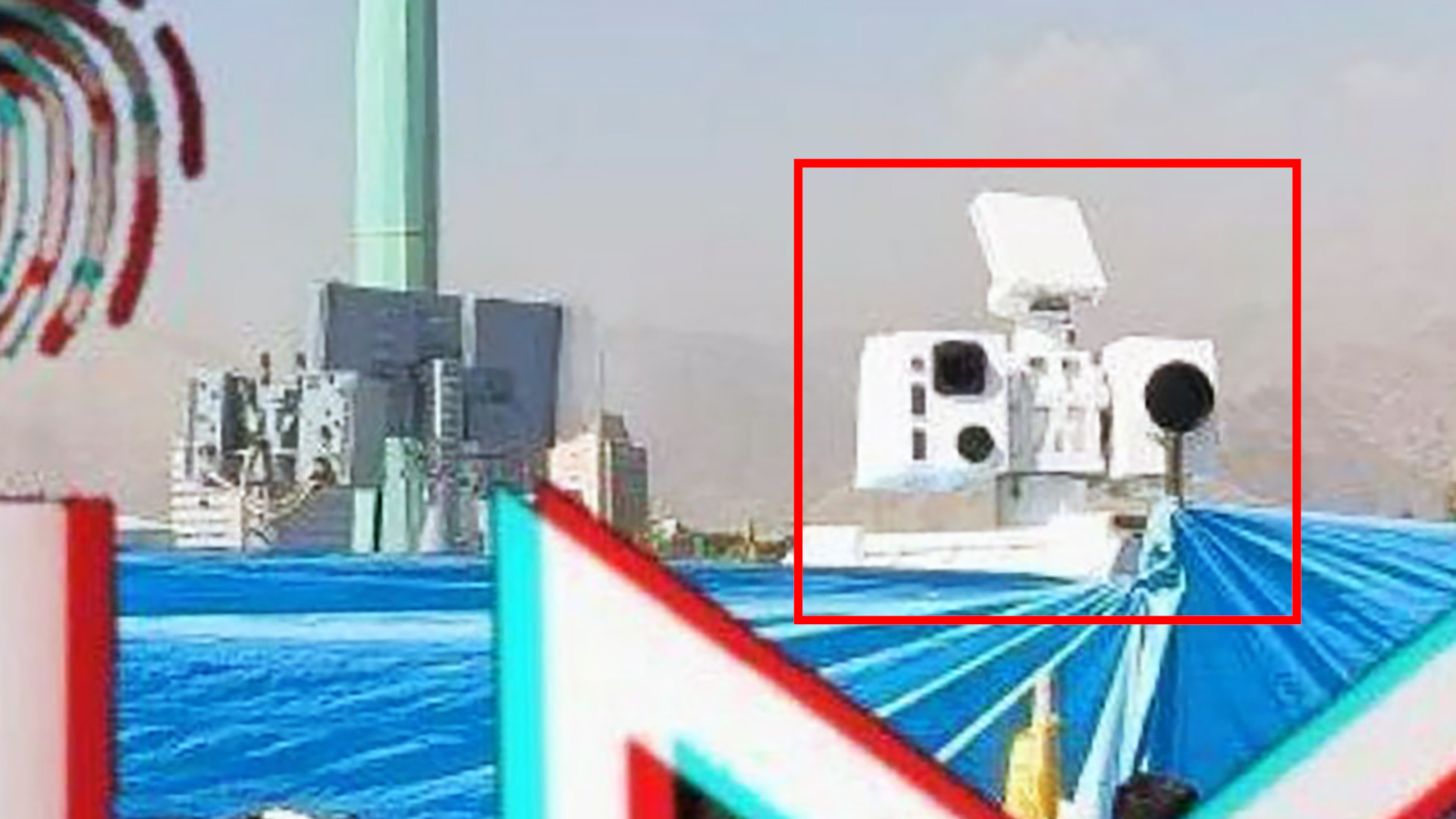Engineering Geology of the Bay Area Rapid Transit (BART) System, 1964-75
The origins of the Bay Area Rapid Transit District date back to 1947, when the joint Army-Navy board suggested construction of a rapid transit tube beneath San Francisco Bay, to speed travel between Oakland and San Francisco. During the Second World War (1939-45), railroad, aviation, logistical supply and port facilities mushroomed around the Oakland-Alameda estuary, surpassing San Francisco in volume of commerce.
In 1951 state legislation was enacted to create a S.F. Bay Area Rapid Transit Commission, with directors selected from the nine bay Area counties. Feasibility studies for a transbay tube were completed in the early 1950s and submitted to the state for review in January 1956. This original report envisioned a 300-mile long system tying then-developed portions of the Bay Area together with the most modern rapid transit system conceived up until that time. During the same interim, rush hour traffic in Oakland and San Francisco increased 44% between 1954-59, spurring dire predictions of complete gridlock by 1970 (Godfrey, 1966). Further east, traffic increased 115% along Highway 24 in Contra Costa County between 1955-67 (Payne, Russell and Pacheco (1968).
In June 1957 the State approved creation of a Bay Area Rapid Transit District, called "BARTD". This was subsequently shortened to the BART acronym we recognize today. Sonoma, Santa Clara, Solano and Napa Counties were not taken into the original district because planners did not perceive a need for commuter transit service from outlying areas. At this same time, it was decided to abandon the electrified Key System commuter rail service across the lower deck of the S.F. Bay Bridge, transforming the structure into the double-decked freeway in use today, with 6 traffic lanes in both directions.
Leave a Comment
Related Posts















.png)




